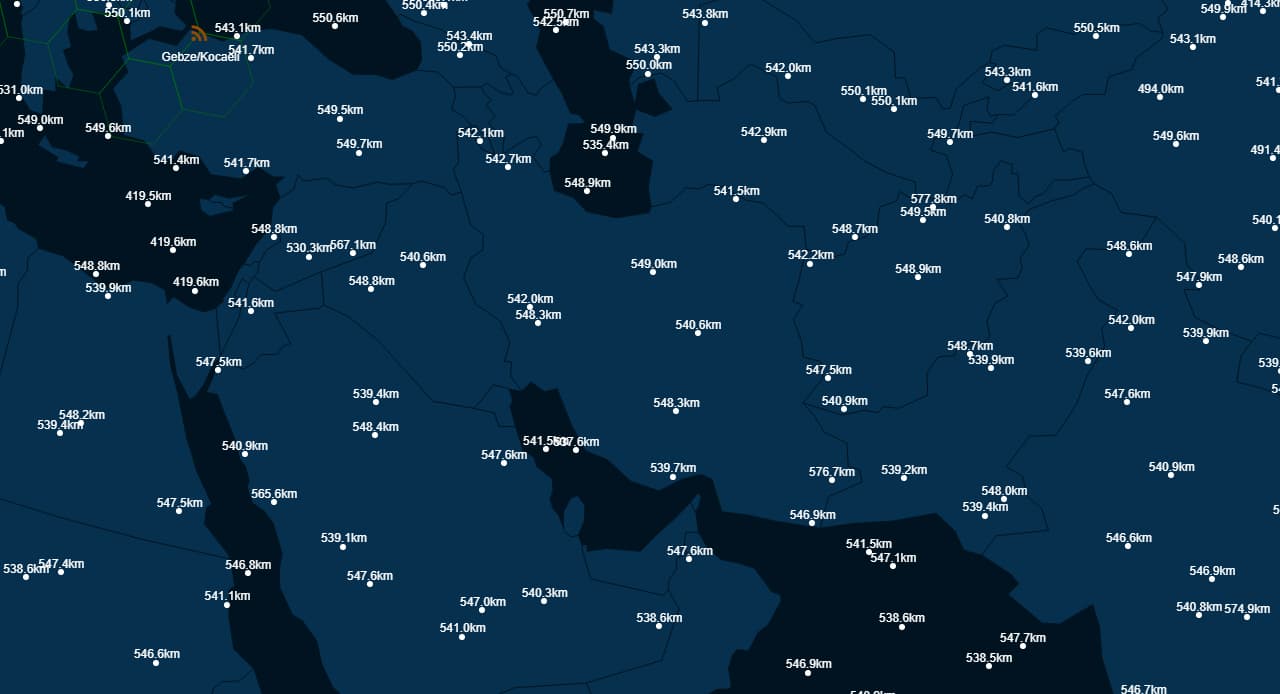Elon Musk has been busy.
After acquiring Twitter for an astonishing $44 billion to become its "Chief Twit", the billionaire said that SpaceX, the company he also owns, is close to having 100 active Starlinks in Iran.
"Approaching 100 starlinks active in Iran", he said in a tweet, in a response to a user whose video they said was taken in the "streets of Iran," where there is now "more freedom for the women to choose whether they cover their hair or not."
The Islamic Republic of Iran has been engulfed in protests that erupted after the death of 22-year-old Mahsa Amini, while she was in the custody of Iran's so-called morality police, for wearing "unsuitable attire."
Due to blackouts and censorship, Musk said that he would seek exemptions from sanctions on Iran so that Starlink could operate in the country.
Approaching 100 Starlinks active in Iran
— Elon Musk (@elonmusk) December 26, 2022
The controversial tycoon promised to bring the satellite internet network to the country, as Iranian authorities imposed increasingly severe access restrictions, in a move activists called a campaign to limit information about protests that had broken out nationwide.
Soon after the billionaire said that he would activate Starlink in Iran as part of a U.S.-backed effort "to advance internet freedom and the free flow of information" to Iranian, activists began smuggling dozens of Starlink's ground-based receivers into Iran to allow better communication and access to information for protesters.
Getting the terminals to Iran isn’t risk-free, but Iranian popular demand for unfettered internet access is enormous.
It is reported that the dishes were on offer at around 60 million Iranian rial ($1,900), with pre-orders being taken from across the country.
The authorities in Iran had already restricted access to Instagram and WhatsApp, and then clamped down on apps like the Google Play Store as well as Virtual Private Networks (VPNs) that seek to circumvent local access restrictions.
But with Starlink, people in Iran can regain access to the internet that is not controlled by the Iranian authorities.
This way, the satellite-based broadband service can help Iranians circumvent the government's restrictions on accessing the internet and certain social media platforms amid protests around the country.
So of course, Starlink's presence in Iran is illegal.
The authorities have claimed that Starlink's satellite dishes "deviate morality and culture."
Read: How Technology Keeps Protests In Iran Alive, With Or Without The Internet
Starlink's technology works by beaming internet connection through its SpaceX's network of satellites in low-earth orbit with user terminals on the ground.
At this time, Starlink has thousands of satellites orbiting just a few hundred kilometers above Earth, and has around a dozen low-earth orbit Starlink satellites over Iran.
And down below, at some major cities, including Tehran, Tabriz and Isfahan, each Starlink terminal is capable of serving up to 200 devices on its network, though additional technology can extend this support to up to 8,000 devices.
This is possible because Starlink's land-based terminals can be wired up to basic routers to create Wi-Fi hotspots.

Before this, Musk has also sent thousands of Starlink terminals to Ukraine after Russia invaded the country.
Starlink terminals were deployed there has costed SpaceX lots of money.
Musk has publicly complained about this, and has briefly threatened to withdraw the service in Ukraine due to cost. Regardless, he continues to offer Starlink internet.
Read: After 4 Years, SpaceX's Starlink Is Still Losing Money, According To Elon Musk
